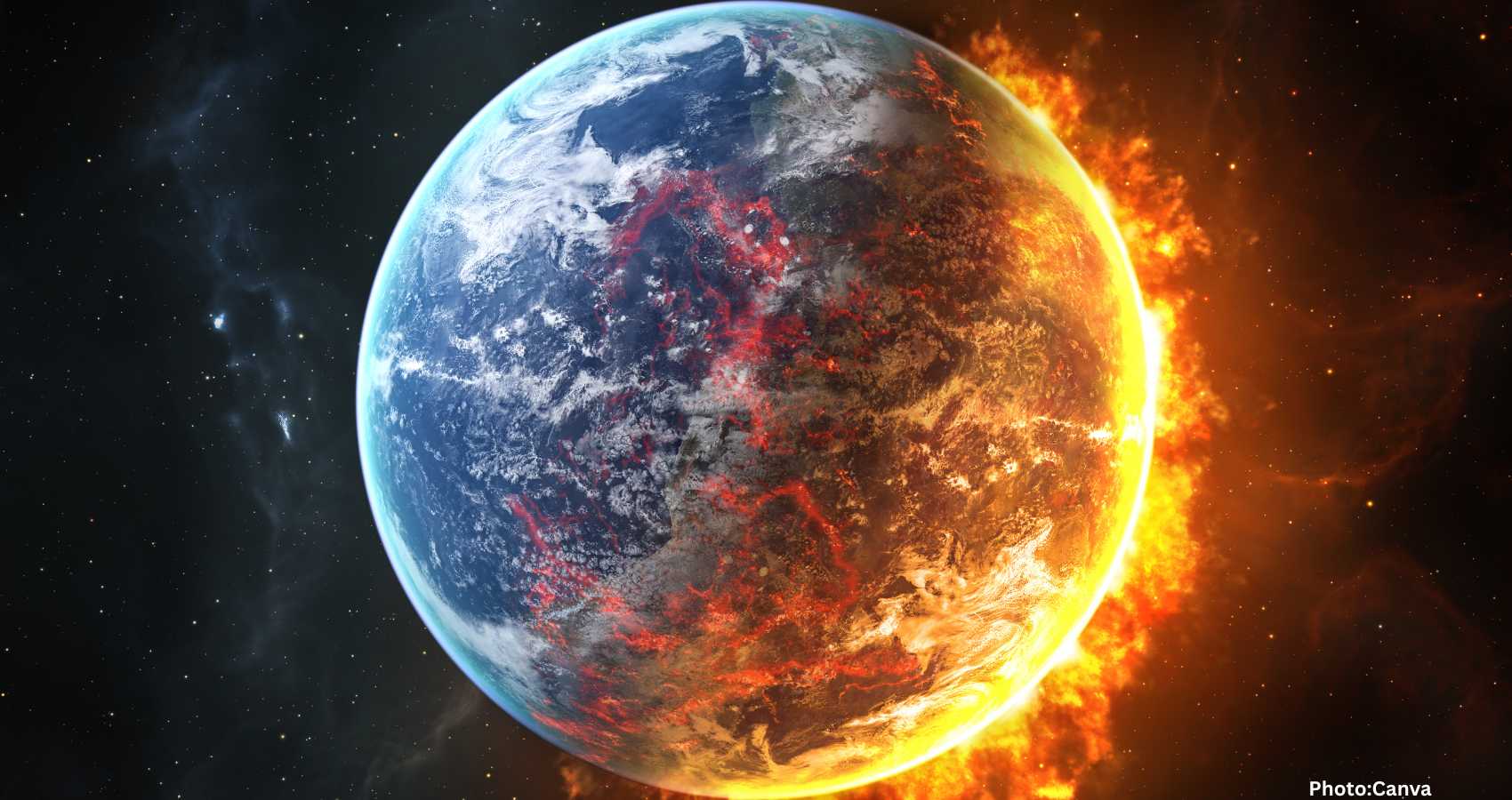The United States is experiencing intense heat as a new heat dome subjects millions to soaring temperatures from the South to the Midwest, with some areas expected to feel the hottest weather of the year.
As the summer hits its peak across the United States, a new weather phenomenon known as a heat dome is locking in oppressive heat and humidity, causing temperatures to climb dramatically from the Gulf Coast to the Midwest. This weather pattern is affecting nearly 60 million people, stretching from Florida to South Dakota, as intense heat blankets the regions.
Cities across the country are bracing for extremely high temperatures with heat indexes reaching well into the triple digits. Some places are set to see what could be their hottest days of the year, notably in Chicago, St. Louis, and Memphis, Tennessee, as the mercury rises to the upper 90s and possibly higher. Memphis could experience triple-digit temperatures as early as Tuesday, contributing to the intense conditions across the South and Midwest.
This current heatwave is not expected to shatter numerous records, but its potential dangers are significant. A Level 3 of 4 heat risk is in effect from the Gulf Coast to Minnesota, with sections of the Mississippi Valley and Gulf Coast under an “extreme” Level 4 heat risk that will persist through Thursday. Such severe heat not only threatens vulnerable populations but also imposes risks for anyone lacking adequate cooling or hydration. The National Oceanic and Atmospheric Administration warns that indoor environments can become perilous during peak heat without air conditioning.
Tuesday reveals temperatures reaching the triple digits from the South up to parts of Minnesota and South Dakota. On Wednesday, areas within the Mississippi Valley, including Memphis, might see heat indexes range between 110 and 115 degrees. The heat is compounded by high overnight temperatures that offer scant relief. For example, St. Louis might wake up to temperatures near 80 degrees on Thursday morning, nearly 10 degrees above the normal July low, with Chicago experiencing similar deviations from its usual overnight temperatures.
Such nighttime warming trends are particularly concerning, as they heighten the risk of heat-related illnesses. According to experts, nighttime temperatures are rising faster than daytime highs due to climate change, reducing the window for the human body to recover from daytime heat.
On Thursday, the extreme heat will spread further, affecting the Ohio Valley and moving towards the Northeast. Cities such as Detroit, Cleveland, and Cincinnati are expected to face temperatures near 90 degrees, much warmer than typical for July. By Friday, the East Coast, including major cities like Washington, D.C., Philadelphia, New York City, and Boston, will be sweltering with high temperatures in the mid to upper 90s and heat indexes potentially topping 100 degrees.
Fortunately, the heat dome is expected to diminish by Saturday, bringing temperatures closer to the July norm even though they remain high. However, much of the continental U.S. is already enduring an extremely hot summer, notably in the East where many areas are tracking towards their hottest summer on record.
Unusual streaks of highly elevated overnight temperatures rather than daytime peaks have been defining this summer’s heat, according to a CNN analysis of data from NOAA’s National Climatic Data Center. While the Plains and much of the West have seen less extreme heat, with Seattle and Portland among the few exceptions, cooler conditions have been rare. Parts of the San Francisco Bay Area, including Oakland and Fremont, are experiencing what could be their coolest summers on record.
The Climate Prediction Center’s latest forecast suggests that the sweltering conditions could persist into August, prolonging the heat wave for many regions that are already feeling the strain and potentially adding heat to others that have been relatively spared so far.
According to CNN, people across these affected areas are urged to take precautions and stay informed as the heat persists.

